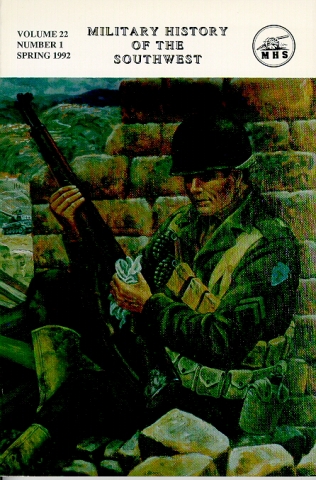Vol. 22 (Spring 1992), No. 1
- Vol. 19, No. 1, 1989
- Vol. 21 (Fall 1991), No. 2
- Vol. 21 (Spring 1991), No. 1
- Vol. 22 (Fall 1992) No. 2
- Vol. 22 (Spring 1992), No. 1
- Vol. 23 (Fall 1993), No. 2
- Vol. 23 (Spring 1993), No. 1
- Vol. 24, No. 1, Fall 1994
- Vol. 24, No. 2, Fall 1994
- Vol. 29, No. 1, Spring 1999
- Vol. 29, No. 2, Fall 1999
- Vol. 30, No. 1, Spring 2000
- Vol. 30, No. 2, Fall 2000
- Vol. 31, No. 1, Spring 2001
- Vol. 31, No. 2, Fall 2001
- Vol. 32, No. 1, Spring 2002
- Vol. 32, No. 2, Fall 2002
- Vol. 33, 2003
- Vol. 34, 2004
- Vol. 35, 2005
- Vol. 36, 2006
- Vol. 37, 2007
- Vol. 38, 2008
- Vol. 39, 2009
- Vol. 40, 2010
- Volume 19, No. 2, Fall 1989
- Volume 20 (Fall 1990), No. 2
- Volume 20 (Spring 1990), No. 1
- Volume 25, No. 1, Spring 1995
- Volume 25, No. 2, Fall 1995
- Volume 26, No. 1, Spring 1996
- Volume 26, No. 2, Fall 1996
- Volume 27, No. 1, Spring 1997
- Volume 27, No. 2, Fall 1997
- Volume 28, No. 1, Spring 1998
- Volume 28, No. 2, Fall 1998
- Indices

MILITARY HISTORY OF THE SOUTHWEST 1992
Vol. 22 (Spring 1992), No. 1
Table of Contents
"The Frontier Soldier: Life in the Provincias Internas and the Royal Regulations of 1772, 1766-1787," by V. A. Vincent, pp. 1-14
Abstract: The Royal Regulations of 1772 laid down rules for all aspects of presidial life.
They were intended to make soldiers more efficient, provide more protection against
Indian attack, and provide better pay. They did not accomplish these objectives. Life
in the presidios remained harsh. The Regulations were mostly ignored by power-hungry
commanders.
Key Words: Spanish Borderlands, presidios, Reglamentos, frontier
"Petticoats, Promotions, and Military Assignments: Favoritism and the Antebellum Career of James Longstreet," by William Garrett Piston, pp. 15-30
Abstract: James Longstreet was a capable, motivated soldier whose career apparently was boosted
by his father-in-law. While Longstreet accomplished much on his own, his rapid promotion
and choice assignments seem to be due partly to his father-in-law's position in the
army hierarchy. Longstreet's wife also helped his career by being influential in social
circles.
Key Words: Army politics, social status, frontier, Texas, women.
"The Mississippi Marine Brigade: Fighting Rebel Guerrillas on Western Waters," by Anne J. Bailey, pp. 31-42
Abstract: During the Civil War, Confederate regular and irregular forces attacked Union shipping
on the Mississippi. The Federals developed the Mississippi Marine Brigade to deal
with the problem. The Marine Brigade was not fully successful and caused more problems
than it solved. Federal officials did not give sufficient supervision to the group.
Key Words: Civil War, irregulars, Mississippi River, guerrilla warfare, Mississippi Marine
Brigade
"George Forsyth and the Battle of Beecher Island: Imagery and the Frontier Military," by David Dixon, pp. 43-60
Abstract: The Battle of Beecher Island (Colorado) in 1868 provided the ultimate imagery of
the fight against the Indians in the West. A small group of soldiers on a small island
held off a large group of Sioux and Cheyenne warriors until the cavalry arrived in
the nick of time. Newspapers played up the story, movies copied it numerous times,
and the image is now part of the American iconography.
Key Words: Indians,frontier, Beecher Island, newspapers, propaganda, symbolism